Why don't phalaenopsis orchids bloom and how to make the plant bloom?
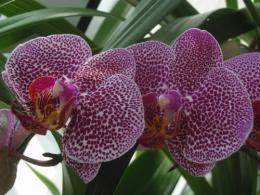
The phalaenopsis orchid belongs to the genus of epiphytic plants. In their natural environment, they grow on tree branches and trunks. Having caught on the bark, orchids release aerial roots in which the process of photosynthesis occurs. You can successfully grow phalaenopsis orchids at home if you know simple care rules.
Content:
- How to choose an orchid?
- Why don't phalaenopsis orchids bloom?
- How to make an orchid bloom?
- Orchid care after flowering
How to choose an orchid?
Not all people who decide to start growing orchids study issues related to the choice of this plant. And this is in vain! In the case of the phalaenopsis orchid, you need to pay attention not only to its appearance of the flowers (as many beginners do), but also to other nuances.
Selection tips:
- Look at root system, and not for flowers. You should be able to see lots of roots through the clear pot. Judge their health by their color - it will be light green.
- Gently rock the plant in the pot. It should “sit” tightly in it. If this is not the case, then we can talk about rotten roots.
- Inspect the leaves. Healthy leaves have no spots and are fleshy. The striking shine of the leaves indicates that the phalaenopsis was over-fertilized in the store.
- There should be no damage or rot at the growing point.
As for color, choose an orchid to suit your taste. The blue orchid, which has recently filled the shelves, is not artificially bred.Its color is the result of the work of dyes that are injected into the stem or roots.
If she will bloom a second time, then its flowers will be pure white or white with blue streaks. If the dye was injected into the roots (this can be seen by the characteristic inky tint on them), then the plant may soon die. Therefore, she will have to be looked after more carefully and then treated.
The right choice is the key to its health, long-term and repeated flowering. Therefore, before choosing an orchid, read useful tips.
Why don't phalaenopsis orchids bloom?
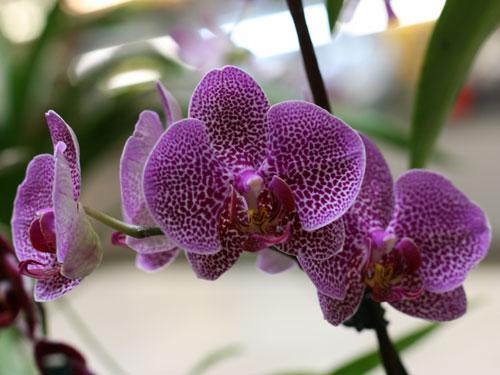
If you are trying to find an answer to the question of why phalaenopsis orchids do not bloom, then first you need to pay attention to care.
There is an opinion that an orchid is a capricious plant. The more you pamper her, the worse she will behave. Sometimes it requires strictness, and then it will pay off with abundant flowering.
The main mistake of novice orchid lovers is that they get too carried away with watering. If we return to the origins, that is, to the natural habitat of this representative of the flora, we can remember that pollinating insects do not fly during the rainy season.
That is, the orchid has no physiological need to bloom. A similar situation arises with orchids growing at home. If you water it abundantly, it “thinks” that the rainy season has begun, and you can direct its energy to the growth of leaves rather than flowers.
What to do? Right keep watering to a minimum. To understand when a flower needs moisture, simply insert a wooden skewer into the pot (just be careful not to damage the roots). Remove it after 2-3 hours: if it is saturated with water, then the orchid has enough moisture.
The reason for the lack of flowering may be the poor condition of the roots or their rotting. After purchasing, the plant must stand for several days in its designated place in the apartment, and then it must be replanted, carefully examining the condition of the roots.
If there are rotten ones, then they must be cut with a sharp, disinfected knife, and the cut areas should be lubricated with brilliant green. After this, place the orchid in a new pot, not forgetting to make holes on the sides so that the roots can breathe.
If phalaenopsis refuses to bloom, then you need to change not only the rules of care, but also your attitude towards it!
How to make an orchid bloom?
We have figured out the main reasons for the lack of orchid flowering. But I want it to bloom as quickly as possible. Is it possible to speed up this process? Yes, there are several options!
Shock therapy effect
If you have spoiled a plant, then it’s time to put it in its place in the literal sense of the word. And its new place will be under the sink (it’s humid and dark there). There should not be chemicals there, the proximity of which will have disastrous results.
Orchids will have to stay in the new climate zone for a month. Don't worry - nothing bad will happen to her. Just forget about it: don’t water or feed it.
After a month, put the flower in its original place and then water it. By the way, you need to water it not in the usual way, but by placing the pot in settled water room temperature. During this time, the bark will absorb as much water as it needs.
After experiencing shock, the orchid will begin to produce buds and flower stalks. Sometimes instead of buds, babies appear, from which you can grow a new flower (although this will take years).
Pruning the peduncle
On the peduncle of each orchid there are several buds that are in a dormant state. That is, they can potentially bloom, but they need to be pushed to do so.
The task is to cut the peduncle 2-3 cm above the bud so that it does not dry out along with it. If you prune closer to the rosette, more flowers will appear.
The farther from the outlet, the greater the chance that you will get a peduncle in the form of a fishing rod. And this will lead to the constant collapse of the flower.
Experienced gardeners trim the peduncle above the 3rd bud. If you cut right at the rosette, the orchid will bloom profusely, but later. Therefore, before picking up a knife, you need to think several times.
Now you know how to make an orchid bloom. One of these tips will definitely help you enjoy your orchid blooming!
Orchid care after flowering
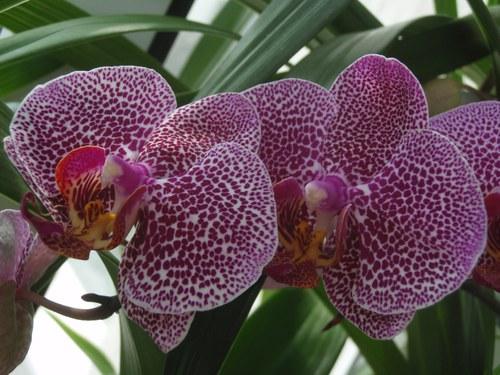
After flowering, a dormant period begins, lasting 4-5 months. To wait for new flowers to appear, you need to remember to take care of them during this time.
Features of care:
- Replant the orchid. If a lot of aerial roots have formed, and the pot itself has already become filled with them, then it’s time to purchase a larger container. If during the inspection you find a lot of rotten roots, then cut them off and process them, and you can leave the old pot.
- If you want to change the location of the flower, then the period after flowering is the most optimal. Having placed it in a new place, do not move the plant anymore, as this will cause discomfort to it.
- You need to water, as before, rarely, but as needed. Excess moisture is extremely undesirable for an orchid.
- It is not always recommended to fertilize an orchid during the dormant period. The orchid can direct beneficial substances to the growth of green mass.If you think that it needs fertilizing, then add liquid fertilizers to the water when you water the flower in the above way.
The orchid is designed in such a way that after flowering it activates the growth of new leaves and roots. Once it has developed a few leaves, you can encourage further flowering.
Shock therapy may not be required, but you can take it out onto the balcony at night. A slight temperature difference will create the desired stressful situation for the orchid.
Caring for your orchid after flowering is simple, but extremely important!
As you can see, you can easily make friends with orchids. Then you will become the owner of an exotic flower that will feel comfortable in your home and fit harmoniously into the interior!
Video tips for caring for an orchid for abundant flowering:
Interesting information about the vegetable garden

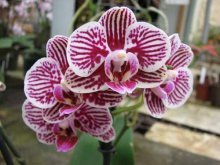
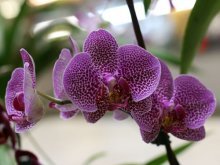

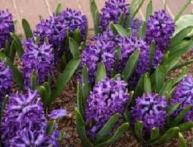
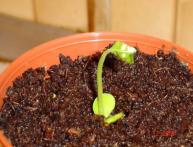

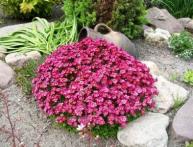
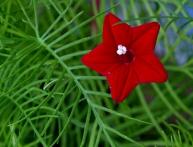
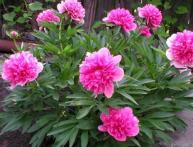

Comments
One of my orchids has not bloomed for almost a year. It seemed like I was doing everything according to the rules, but there was no point. Then, instead of the usual method of watering by immersing the pot in water at room temperature, I poured very cold water from the tap on top. After 3 days a new peduncle appeared.
My orchid also didn’t bloom for a long time, I decided to replant it and it bloomed and threw out as many as two flower stalks.
I’ll take note of the advice about “shock therapy”, otherwise I spoiled my orchid too much, and she doesn’t want to repay me in kind and please me with flowering! I’ll hide it under the sink for a month, let him know! I hope this method will have a beneficial effect on her!))